Downtown Brewton is situated along railroad tracks which was typical of small towns built for the lumber industry.
1861 marked the completion of the railroad in Brewton. While the Central Pacific Railroad and the Union Pacific Railroad companies started the race to complete the transcontinental railroad, this southern town was beginning to flourish. Nestled between Burnt Corn and Murder Creeks, lumber was easily sent not only by railcar but also by boat to larger industries where it was marketed elsewhere.
Originally named Newton, the town became official in 1885. The train station agent, Mr. E.T. Brewton, built a downtown depot and the town was later named Brewton Station, eventually shortened to Brewton. With a thriving pine and lumber industry, Brewton became the county seat where retail businesses began to thrive.
[Click here for more info](http://www.villageprofile.com/alabama/brewton/main.html)
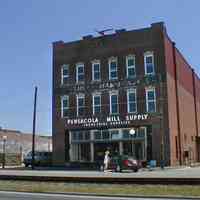
Brewton:
Downtown
 Brewton: Downtown
Brewton: Downtown
-
 Highway 31 runs through Brewton. The road is bisected by railroad tracks.
Highway 31 runs through Brewton. The road is bisected by railroad tracks. -
 Storefront facades have been restored.
Storefront facades have been restored. -
 The building at the far end of the street is Ole Willie Restaurant.
The building at the far end of the street is Ole Willie Restaurant. -
 The western end of the center of Brewton is the intersection of Sawell Road and Highway 31.
The western end of the center of Brewton is the intersection of Sawell Road and Highway 31. -
 The buildings on the south side of the railroad tracks stand alone unlike the continuous storefronts on the north side of the street.
The buildings on the south side of the railroad tracks stand alone unlike the continuous storefronts on the north side of the street. -
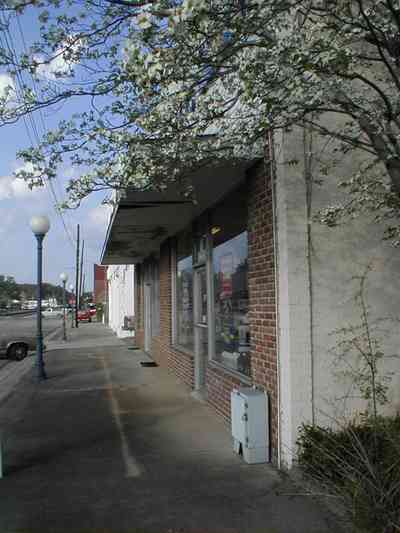 The building is located on the south side of Highway 31.
The building is located on the south side of Highway 31. -
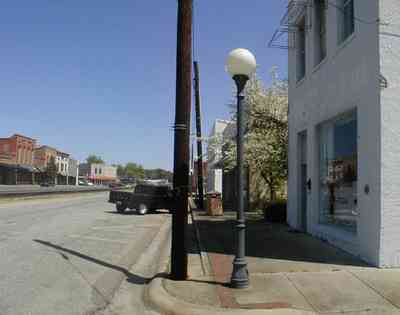 A lone dogwood tree occupies an empty lot between buildings on the south side of Highway 31.
A lone dogwood tree occupies an empty lot between buildings on the south side of Highway 31. -
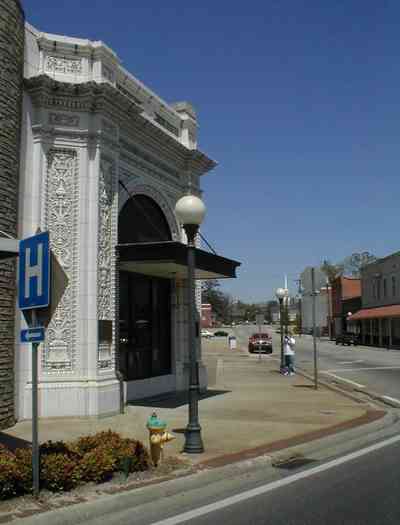 The first bank in the state of Alabama has an elaborately carved marble facade.
The first bank in the state of Alabama has an elaborately carved marble facade. -
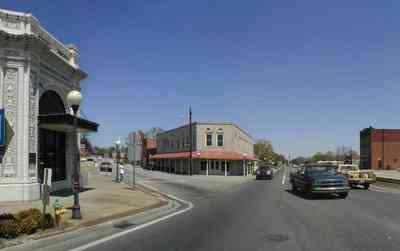 The bank is on the corner of Highway 31 and Belleville Avenue.
The bank is on the corner of Highway 31 and Belleville Avenue. -
 Ole Willie's Restaurant is situated on the corner of Belleville Avenue. The late 19th century building was a drugstore that was converted to a restaurant in the 1960's.
Ole Willie's Restaurant is situated on the corner of Belleville Avenue. The late 19th century building was a drugstore that was converted to a restaurant in the 1960's. -
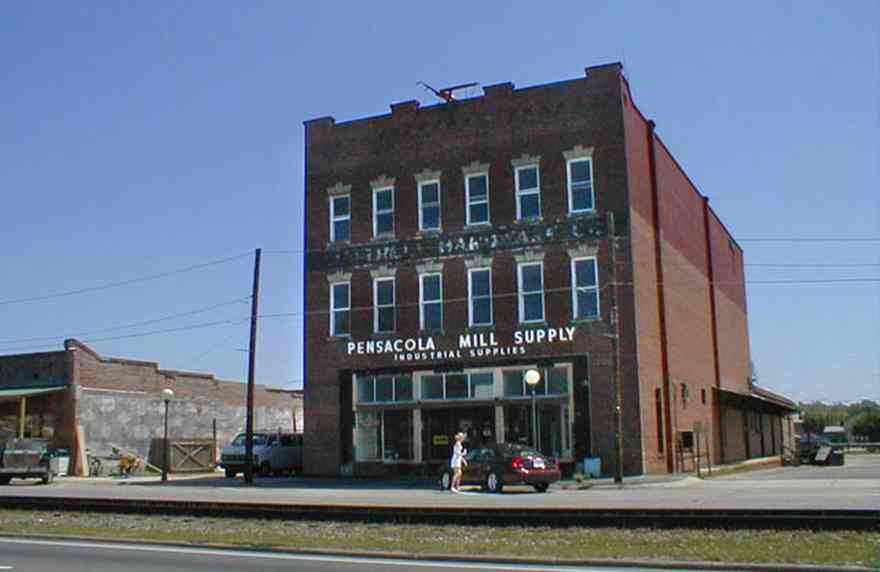 Pensacola Mill Supply is located on the south side of the railroad tracks.
Pensacola Mill Supply is located on the south side of the railroad tracks. -
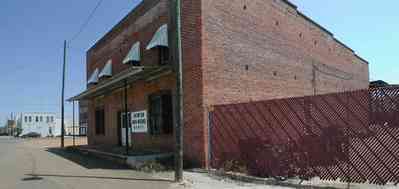 Industrial buildings are located west of Sowell Road.
Industrial buildings are located west of Sowell Road. -
 Metal fabrication and a cement plant are among the industrial locations.
Metal fabrication and a cement plant are among the industrial locations.
 One Tank of Gas
One Tank of Gas